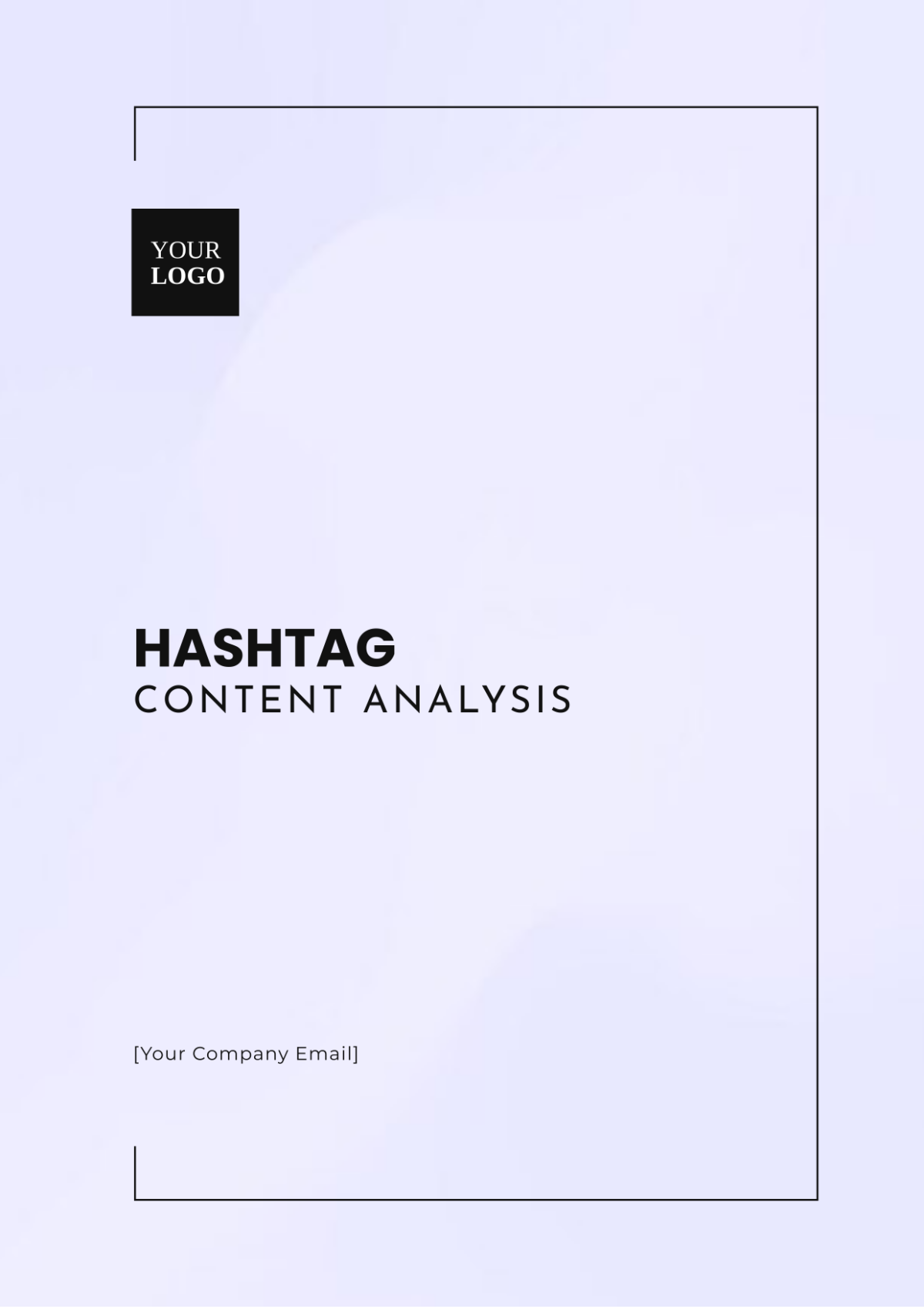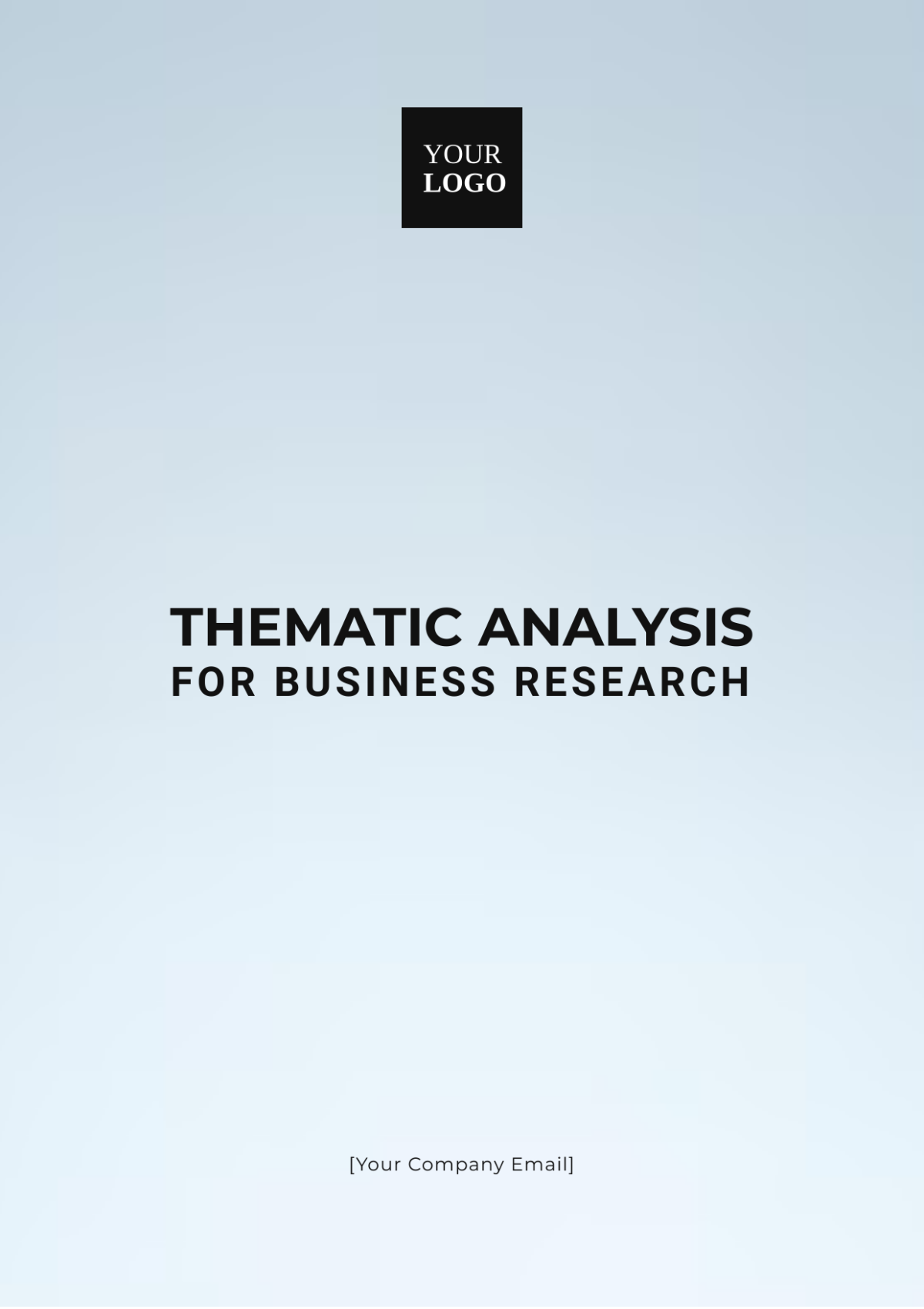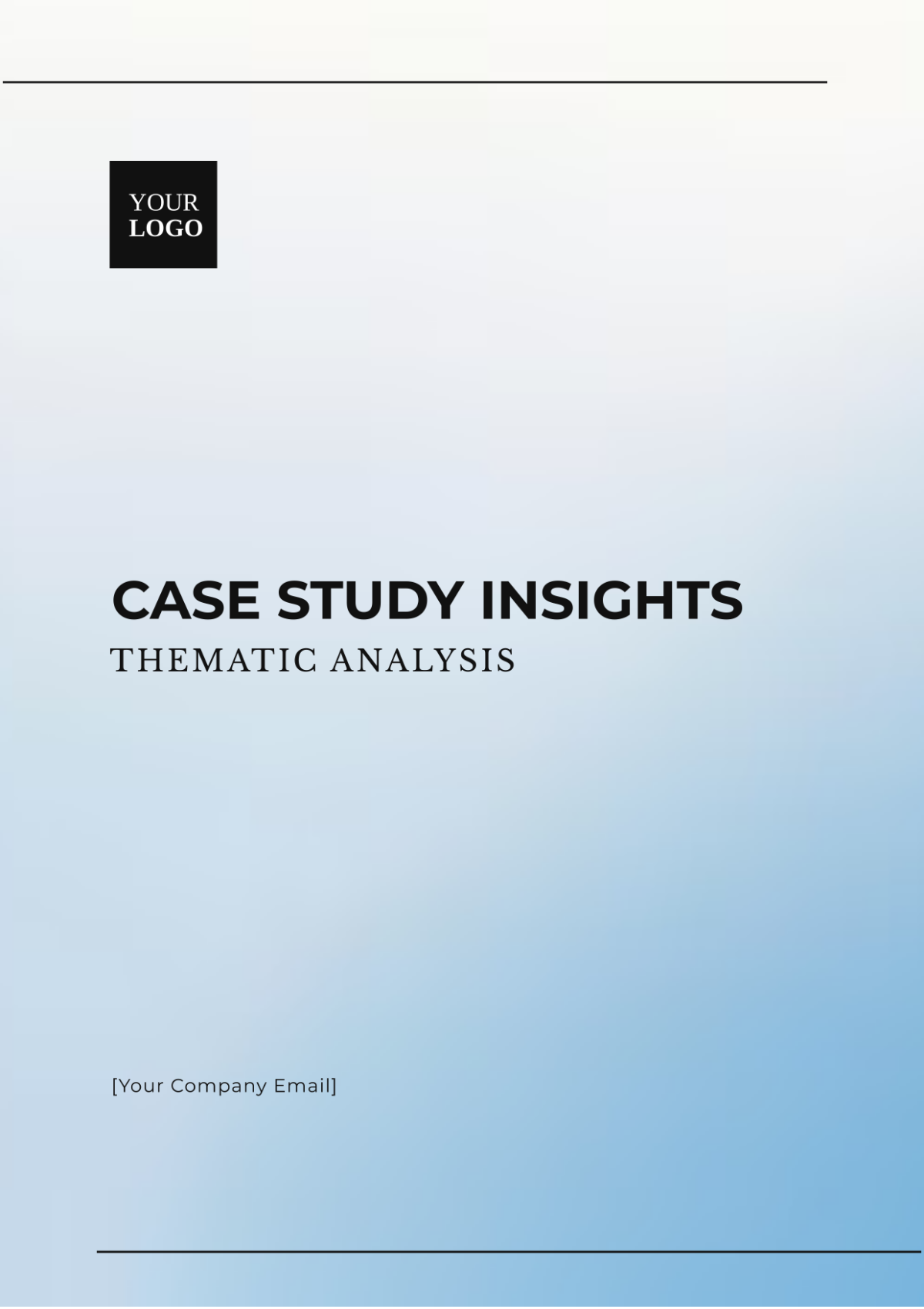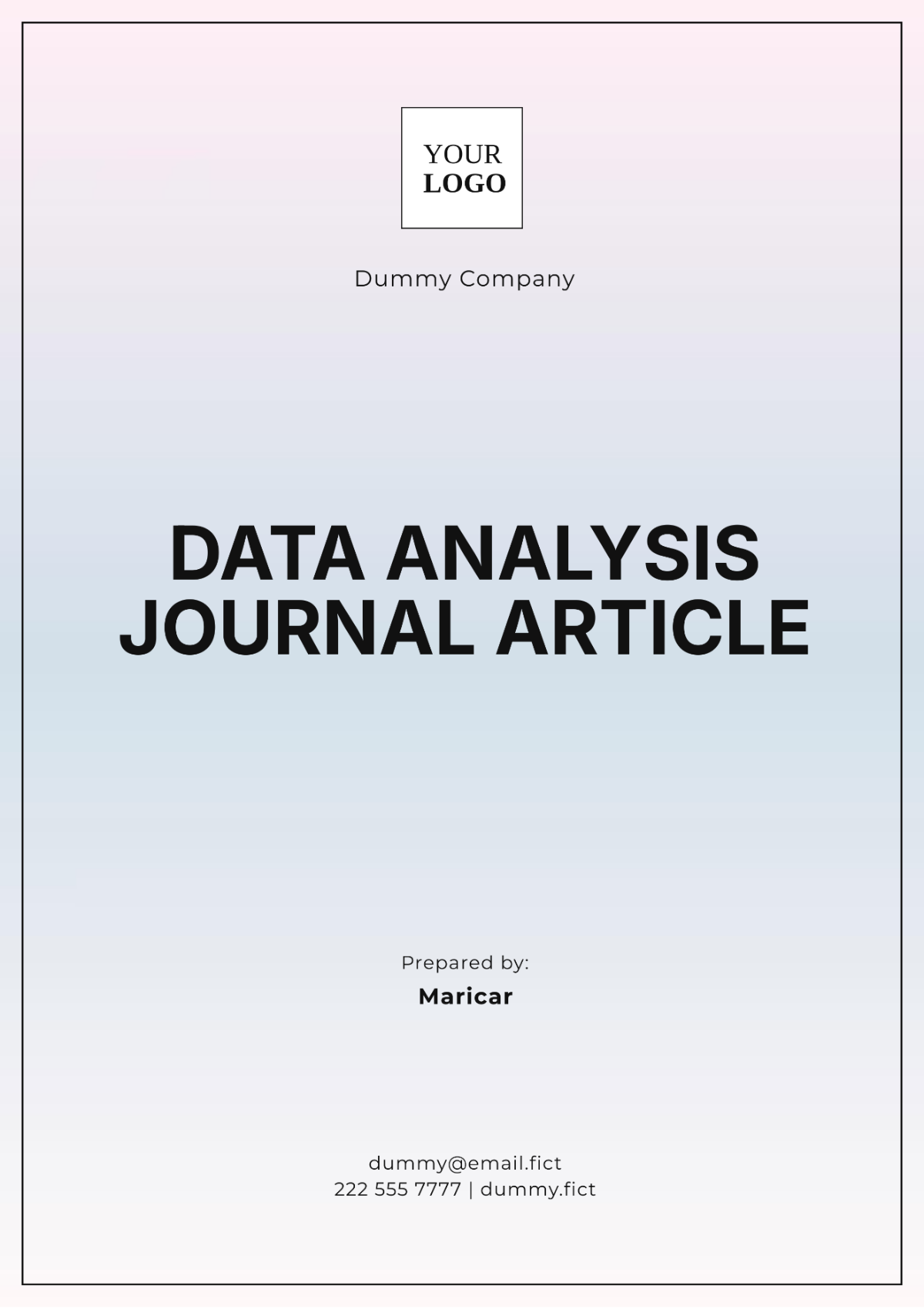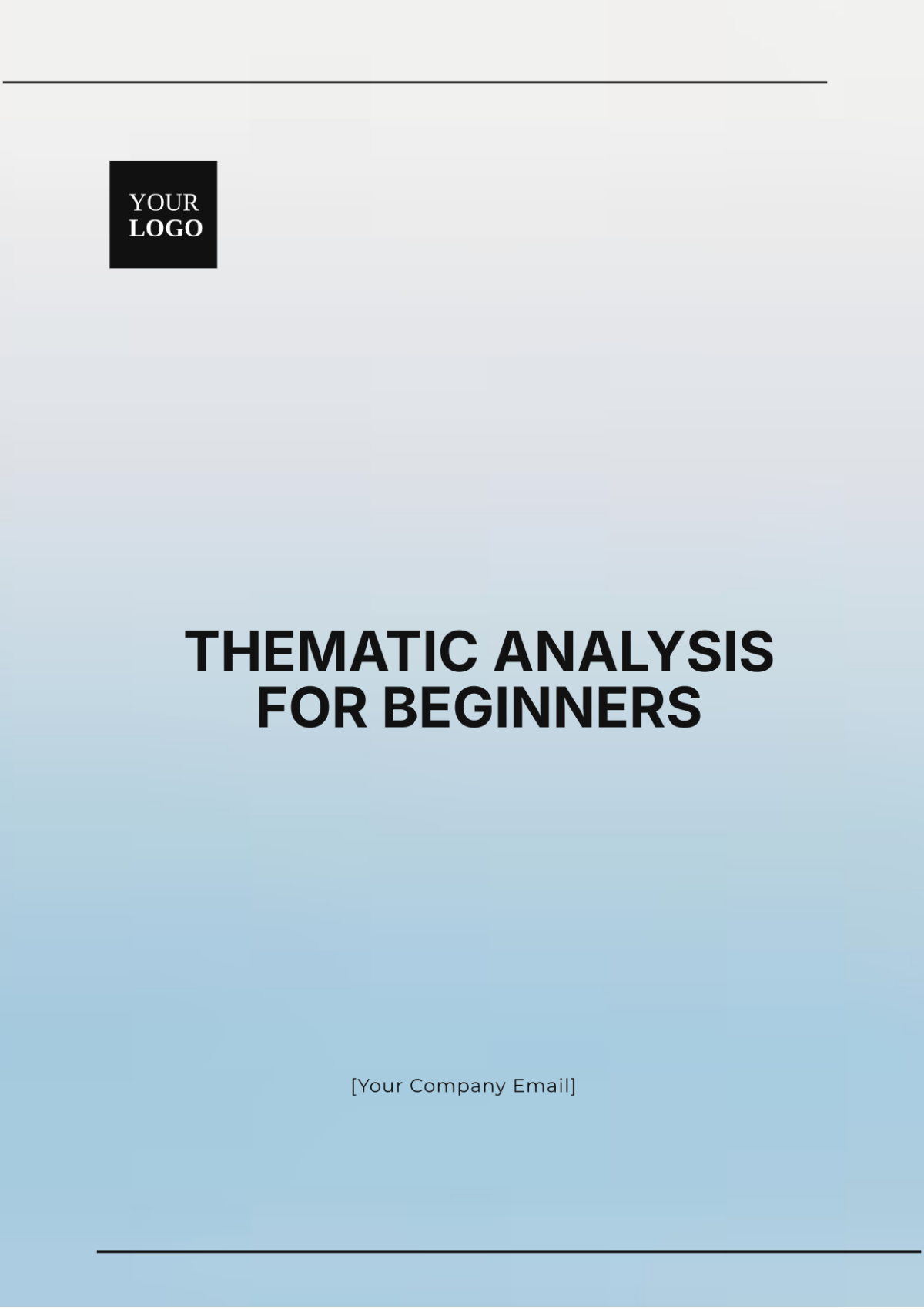Salon Pricing Analysis
Introduction
This report provides an in-depth analysis of the pricing strategies employed by [Your Company Name]. It aims to evaluate the salon's current pricing in comparison with local competitors, elucidate the tiered pricing structure adopted by the salon, and examine the segmentation of its customer base. This analysis will enable [Your Company Name] to align its services more closely with market demands and customer expectations, thereby enhancing profitability and market share.
Market Comparison
This section critically evaluates the pricing structure of [Your Company Name] in comparison to its primary competitors within the local market. By analyzing competitor pricing strategies, service offerings, and market positioning, we can discern potential areas for competitive advantage and necessary adjustments in our pricing model to enhance market share and customer loyalty.
Price Comparison with Local Competitors:
Service Offered | [Your Company Name] Price | Competitor A Price | Competitor B Price | Average Market Price |
|---|---|---|---|---|
Basic Haircut | $45 | $40 | $50 | $45 |
Coloring | $120 | $100 | $130 | $115 |
Hairstyling | $60 | $55 | $70 | $65 |
Manicure | $35 | $30 | $40 | $35 |
Pedicure | $50 | $45 | $55 | $50 |
[Your Company Name]'s pricing generally aligns with the local market average, positioning it as a mid-tier to premium service provider depending on the service. The salon’s coloring service is priced above the average, highlighting a specialization that may justify higher rates due to superior product use or expertise. Pricing for basic services such as haircuts and manicures remains competitive, which helps in maintaining a broad base of regular customers.
Analysis of Competitor Pricing Strategies:
Understanding the pricing dynamics and strategic choices of competitors can provide valuable insights into how [Your Company Name] might effectively adjust its pricing to optimize market position and customer perception.
Competitor A tends to price services below the market average, potentially targeting a more price-sensitive segment.
Competitor B’s premium pricing strategy could be indicative of a high-end market position, likely offering luxury services or amenities that justify higher prices.
Regular benchmarking against these competitors will ensure [Your Company Name] remains competitive while also identifying opportunities to introduce unique services that can attract different customer segments.
Customer Price Sensitivity and Market Demand:
Examining the price sensitivity of customers and correlating it with demand fluctuations provides [Your Company Name] with critical data to inform strategic pricing decisions, promotional offers, and service enhancements.
Price elasticity varies significantly across different services; for instance, luxury services like exclusive coloring techniques have lower sensitivity and can sustain higher price points.
Analysis from customer feedback and appointment rates shows that promotional discounts on high-sensitivity services can significantly boost short-term demand.
Long-term tracking of customer responses to price changes will aid in developing a pricing strategy that maximizes both profitability and customer satisfaction, adapting to shifts in market conditions and consumer spending habits.
Pricing Strategy
This section articulates the deliberate structuring of [Your Company Name]'s pricing tiers. It explores the rationale behind each pricing level and how these tiers cater to diverse customer preferences and needs. The strategic use of pricing as a tool to differentiate service offerings, maximize revenue, and penetrate various market segments is pivotal to sustaining competitive advantage and customer loyalty.
Pricing Strategy Overview:
Service Tier | Description | Price Range | Target Demographic |
|---|---|---|---|
Standard | Basic services with no add-ons. | $45-60 | Cost-conscious consumers |
Premium | Enhanced services with add-ons. | $75-95 | Middle-income professionals |
Luxury | All-inclusive, premium materials. | $120+ | Affluent clientele |
The tiered pricing model allows flexibility and accessibility, catering to a wide range of consumers from different economic backgrounds. Each pricing tier is designed to meet specific consumer needs: Standard for basic care, Premium for customized experiences, and Luxury for exclusive and high-end services. Strategic seasonal and promotional adjustments in pricing help in attracting new customers and retaining existing ones, especially during slower business periods.
Objectives and Impact of Tiered Pricing:
This subsection delves into the strategic objectives behind the tiered pricing model and evaluates its impact on business growth, customer satisfaction, and market expansion.
The Standard tier aims to secure volume and build customer loyalty by providing affordable options without compromising quality.
The Premium tier targets customers seeking differentiated services with added value, driving higher margins and enhancing customer experience.
The Luxury tier caters to an exclusive clientele, focusing on superior service quality and unique offerings that justify higher prices.
Adaptive Pricing Tactics for Market Conditions:
Adapting pricing tactics in response to evolving market conditions and customer feedback is crucial for maintaining profitability and competitiveness. This subsection explores how dynamic pricing and promotional strategies are implemented to align with market demand and economic trends.
Dynamic pricing strategies, such as off-peak discounts and last-minute booking specials, are employed to manage service demand and optimize capacity utilization.
Regular analysis of competitive pricing trends and customer purchasing patterns allows for timely adjustments to the pricing structure, ensuring it remains attractive and relevant.
Implementing feedback loops from customer interactions and satisfaction surveys helps refine pricing levels, ensuring they meet the expectations and perceived value of different customer segments.
Customer Segmentation
This section analyzes the demographics and spending habits of [Your Company Name]'s customer base, providing insights into their purchasing behavior.
Customer Segmentation by Service Tier:
Service Tier | Customer Demographics |
|---|---|
Standard | Young adults (18-25 years) |
Premium | Adults (26-45 years) |
Luxury | Older adults (46+ years) |
Percentage of Total Customers:
The majority of the clientele are young adults opting for standard tier services, indicating price sensitivity among this demographic. Premium services are popular among middle-aged adults who might have more disposable income. Luxury services, while less frequent, cater to an older demographic looking for high-end treatments.
Technological Integration and Implications
This section examines the role of technology in transforming service delivery at [Your Company Name]. It explores how technological enhancements can streamline operations, improve customer experiences, and potentially justify adjustments in the salon's pricing structure. The integration of technology not only supports operational efficiencies but also adds value to customer interactions, making them more personalized and efficient.
Implementation of an advanced booking system enables better schedule management and reduces wait times, enhancing customer satisfaction and allowing for premium pricing on immediate or guaranteed bookings.
Utilization of digital hair and skin analysis tools helps in providing personalized consultations and treatments, thereby increasing the perceived value of services and supporting higher price points.
Adoption of eco-friendly and energy-efficient technologies can reduce operational costs. Savings can be redirected to improve service quality or maintain competitive pricing without compromising profitability.
Impact of Digital Marketing on Service Promotion and Pricing:
Digital marketing strategies have revolutionized the way services are promoted and priced in the beauty industry. This subsection explores how targeted online advertising and social media engagement can drive demand and influence pricing strategies through increased visibility and customer engagement.
Effective use of social media for showcasing transformation videos and customer testimonials can attract a broader customer base willing to pay a premium for validated, high-quality services.
Special offers and promotions advertised through digital channels reach a wider audience more quickly, allowing for dynamic pricing strategies based on real-time demand and market trends.
Personalized email and SMS marketing campaigns based on customer preferences and past booking history can promote higher-margin services and encourage repeat business.
The Role of Technology in Customer Feedback and Pricing Adjustment:
Leveraging technology to gather and analyze customer feedback is essential for continuous improvement and pricing optimization. This subsection discusses how real-time feedback mechanisms can be integrated into service processes, aiding in swift adjustments to service offerings and pricing models.
Online review systems and instant feedback tools help capture customer satisfaction levels immediately post-service, providing actionable insights to adjust services or pricing.
Data analytics platforms can analyze trends in customer preferences and spending patterns, guiding strategic pricing decisions and service modifications.
Integrating AI-driven tools for predictive analytics can forecast future booking trends and customer behavior, allowing the salon to adjust prices proactively based on anticipated demand.
Conclusion
[Your Company Name] employs a strategic, tiered pricing model that effectively segments the market, allowing it to cater to diverse customer needs while maintaining competitive positioning. Continuous analysis of market trends and customer feedback will be essential to adapt and refine pricing strategies over time.











